「集中營」一詞無不令人聯想到德國的黑暗歷史。自納粹德國開設第一個集中營,歷史就記載了人類泯滅人性的赤裸一面。被幽禁的牢房、環繞四周的電鐵絲網壕溝,以及殺戮無聲的毒氣室,塑造了囚犯生活的面貌。有幸到德國走一趟,當然要一鑑歷史遺物,了解過去。
The term ‘Concentration Camp’ tends to recall our memories related to the dark history of Germany. Since Nazi Germany established the first concentration camp, our history has recorded the undisguised side of inhumanness of human beings. The barracks being confined in, surrounding electrified barbed wire fences and water-filled ditches, and gas chamber the silent killer, shape a part of the overall picture of prisoner life. Having the chance to go to Germany, we decided to visit the historical heritage and understand the past.
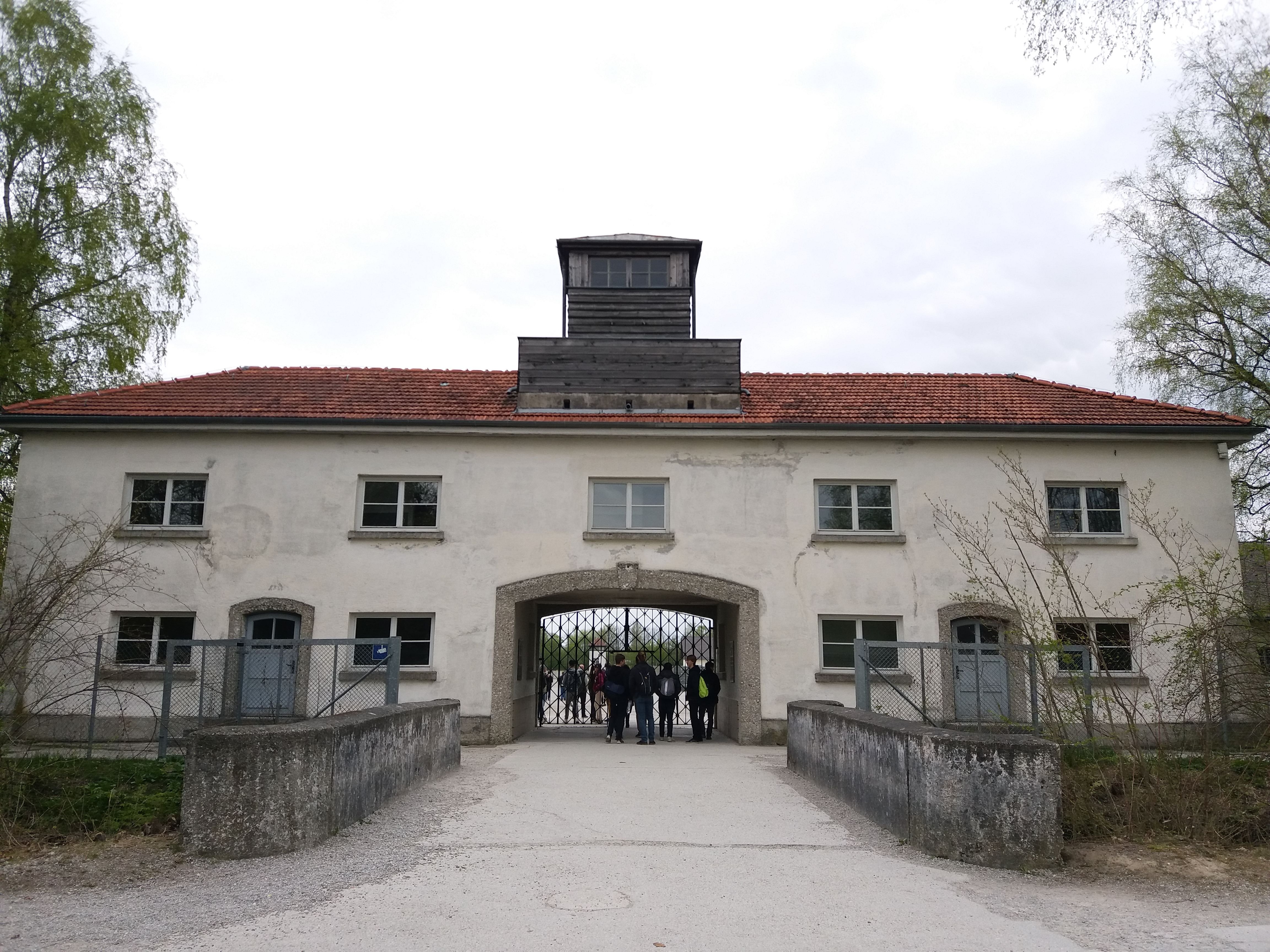
達豪集中營是於1933年建設的第一個納粹集中營,是唯一一個經歷完整十二年(1933-1945)納粹德國的統治時期的集中營,換句話說,它的興亡見證了納粹黨領袖希特拉的崛起與殞落。其他集中營都以其為範本相繼被建造。最初達豪主要囚禁德國政治犯,從第二年開始,猶太人、同性戀和戰俘也被相繼關起來。此營原本預計囚禁6千人,到1945年時囚犯人數已高達7萬人。
The Dachau Concentration Camp was the first of the Nazi concentration camps established in 1933, being the only camp that had undergone Nazi Germany’s ruling for 12 years (1933-1945). In other words, its rise and fall represents that of Hitler, the leader of the Nazi Party. The camp was regarded as a sample for building other concentration camps accordingly. At first, mainly political opponents were imprisoned in Dachau, but since the second year, Jews, the homosexuals and prisoners of war were also jailed. The camp was designed to accommodate 6 thousands prisoners, but it turned out to be 70 thousands as recorded in 1945.
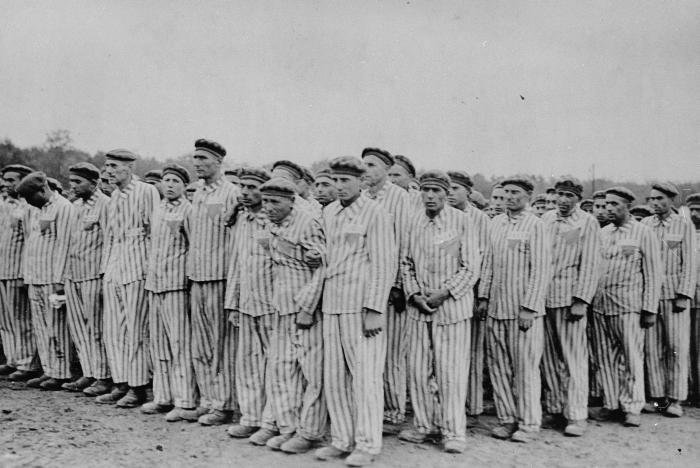
在達豪火車站乘坐726公車,10分鐘後就到達豪集中營。租借了語音導覽,但光看展板的資訊也足夠對集中營的歷史有基本了解。
Took bus 726 at Dachau Bahnhof and arrived the camp in 10 mins. Rented an audio guide, though information on display boards was sufficient enough to have basic understandings about the history of the camp.
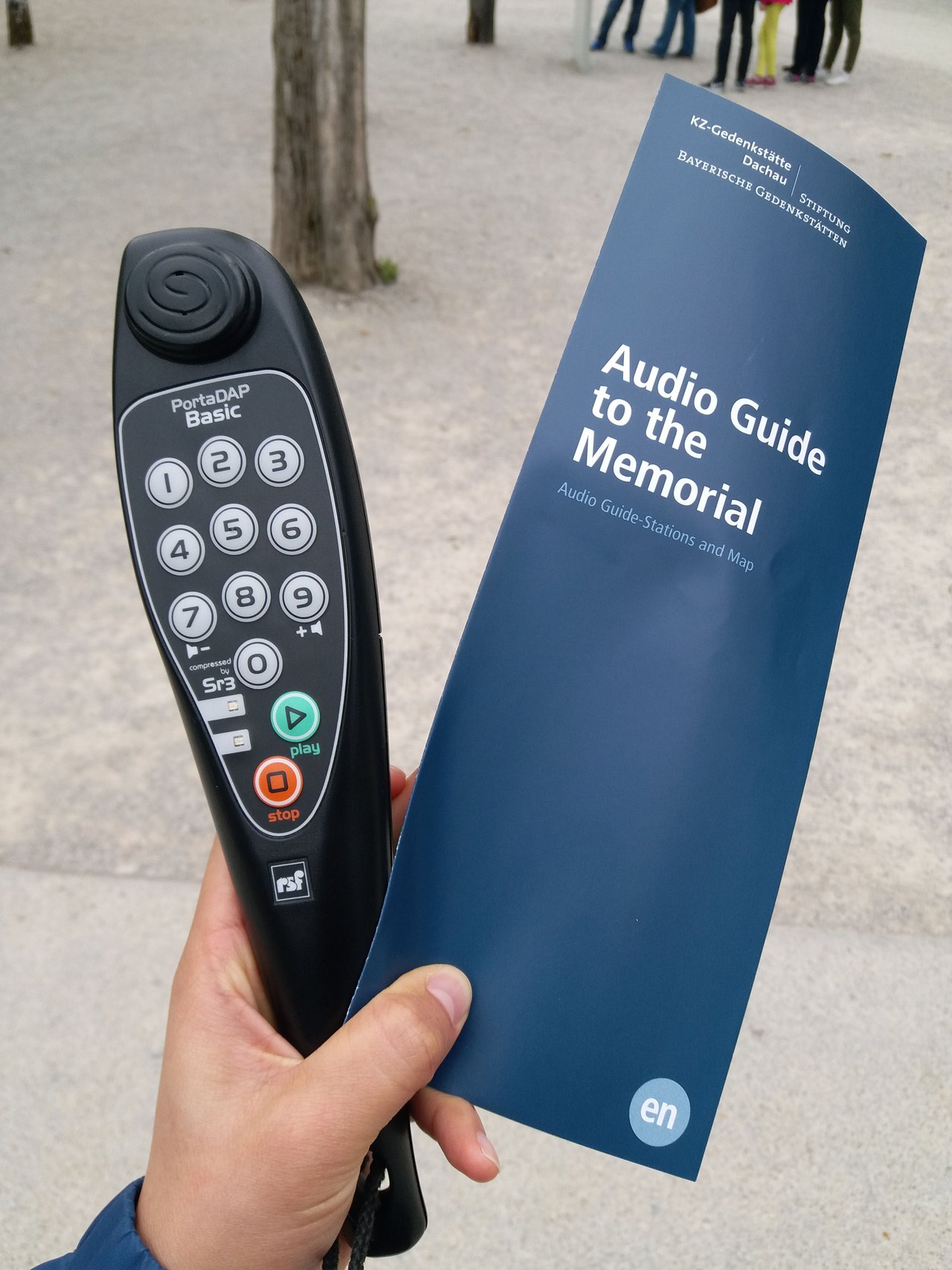
很快就抵達集中營的正門,大門刻上納粹標語「Arbeit Macht Frei」,意指「勞動帶來自由」。納粹黨自以為的幽默,卻彰顯了他們暴戾恣睢的劣性,這句話曾經欺騙和俘虜了多少弱小心靈?
Soon came to the entrance gate of the camp. There was a Nazi slogan - Arbeit Macht Frei - on it, meaning ‘work sets you free’. While the Nazi Party thought it was humorous, they implicitly highlighted their nature of brutality and despotism. How many innocent souls had been fooled and captured by the slogan?
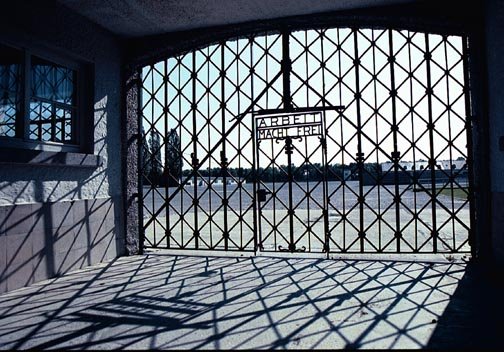
門前亦有殘缺的鐵軌,據說建立初期囚犯都是步行入營,後來納粹軍索性從火車站建鐵軌,把一卡卡的囚犯當成「貨物」卸載到門前。。。
An incomplete rail track was left at the front of the gate. It’s known that at first prisoners just walked into the camp, but sooner than later the Nazi Schutzstaffel (SS) decided to construct a railway from the rail station, so that they could unload the ‘freight-like’ prisoners at the gate…...
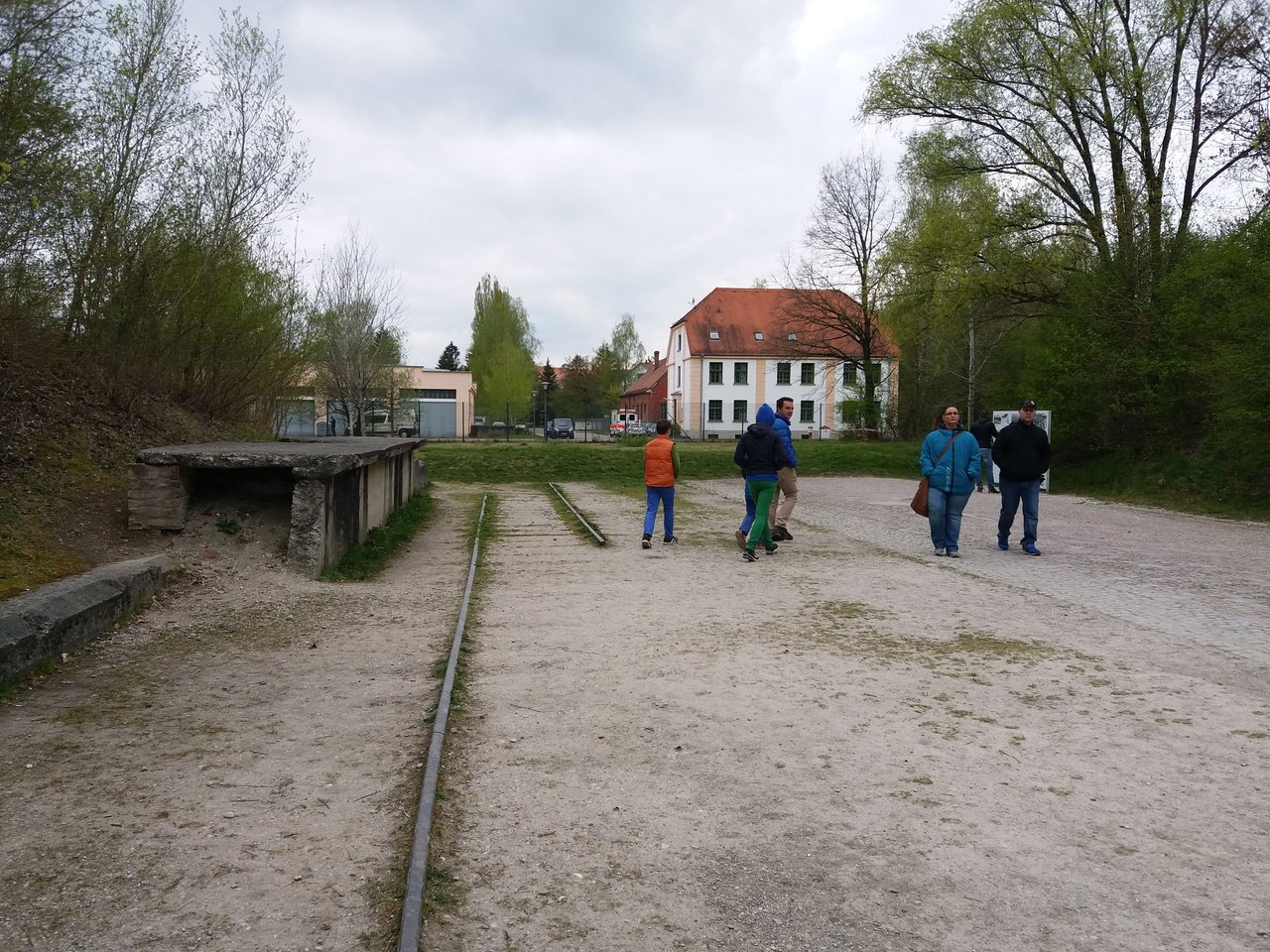
踏入後,迎來的第一個畫面是偌大的操場。當年的囚犯每天早上和下午都要集會,點名是他們的日常,酷熱、嚴寒天氣下也不例外,往往體弱多病的囚犯會不堪折磨而死去,殘忍的是納粹軍嚴禁其他囚犯向倒下來的同伴施以援手。。。
The first view that caught our eyes after entering was the roll call ground. The prisoners had to assemble here every morning and evening for roll call, even in extremely hot and freezing weather conditions. Weak and sick prisoners usually collapsed during roll call. Cold-blooded were the SS, they disallowed the fellow prisoners to help them…...
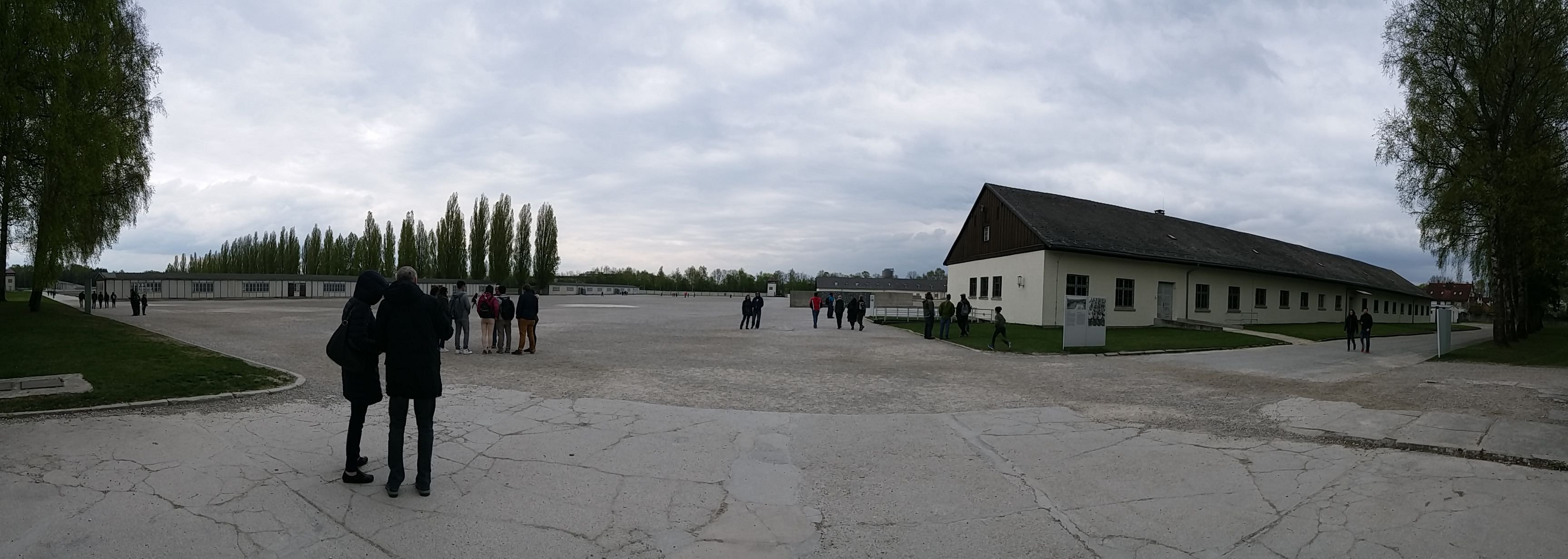
接著來到營房。達豪集中營共有32座營房,現只剩下被重建的2座。一座營房原是設計作容納200人之用,可是你們猜高峰時期有多少人窩在同一室?答案是1700人!!非常難以置信!在第一間寢室,每張床之間都有木板分隔,可在第二間木板也被除去了,只為了塞進更多囚犯!
Next stop was the barracks. There were a total of 32 barracks in the camp, 2 of them were left and reconstructed. A barracks building was planned to accommodate 200 prisoners, but can you guess how many prisoners were found in a barracks building during the peak time? The answer is 1700 prisoners!! Extremely unbelievable! In the first building, a wooden plank was put to divide every bed, but in the second one, they were all removed, just to jam in as many persons as possible!
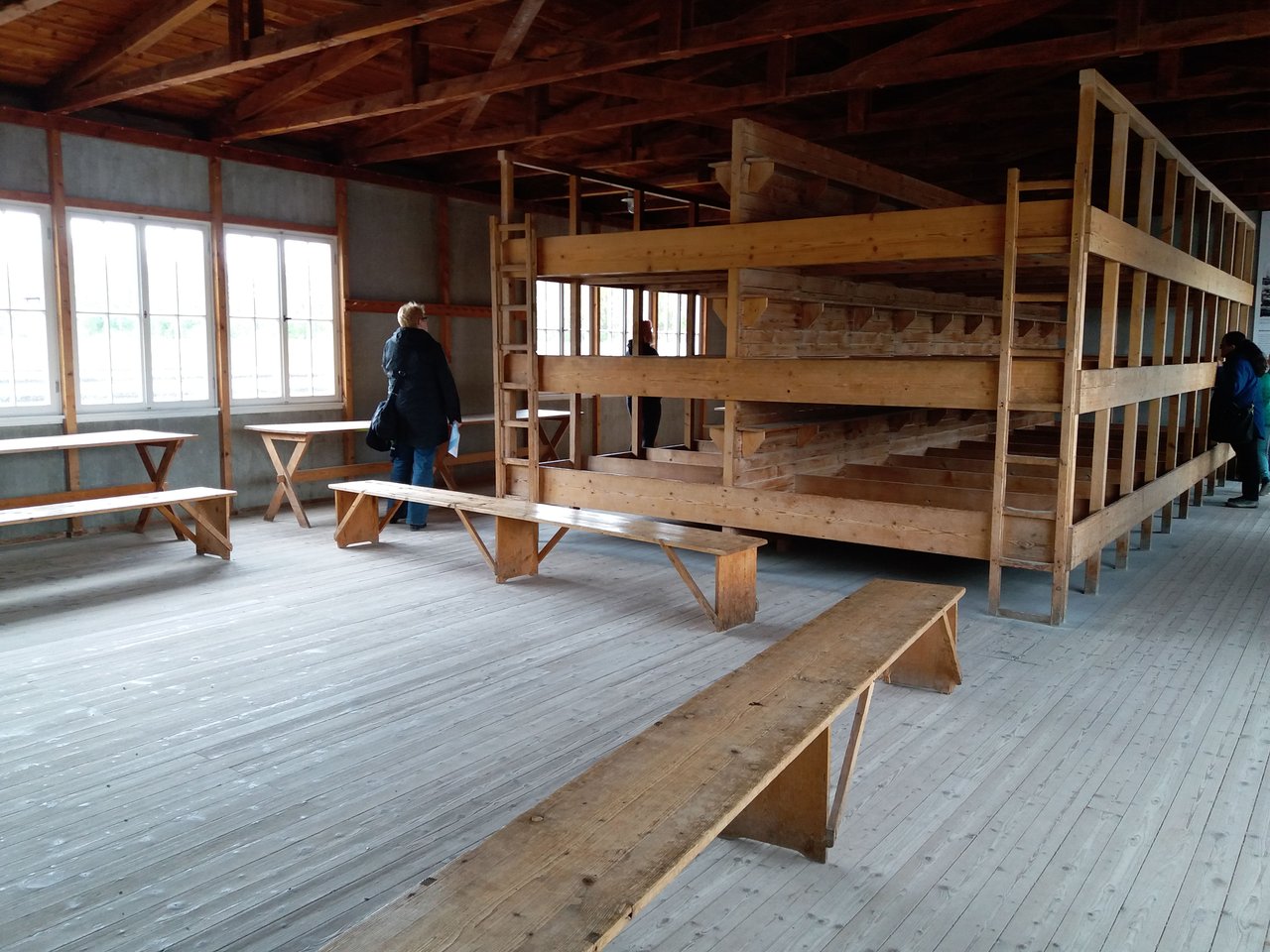
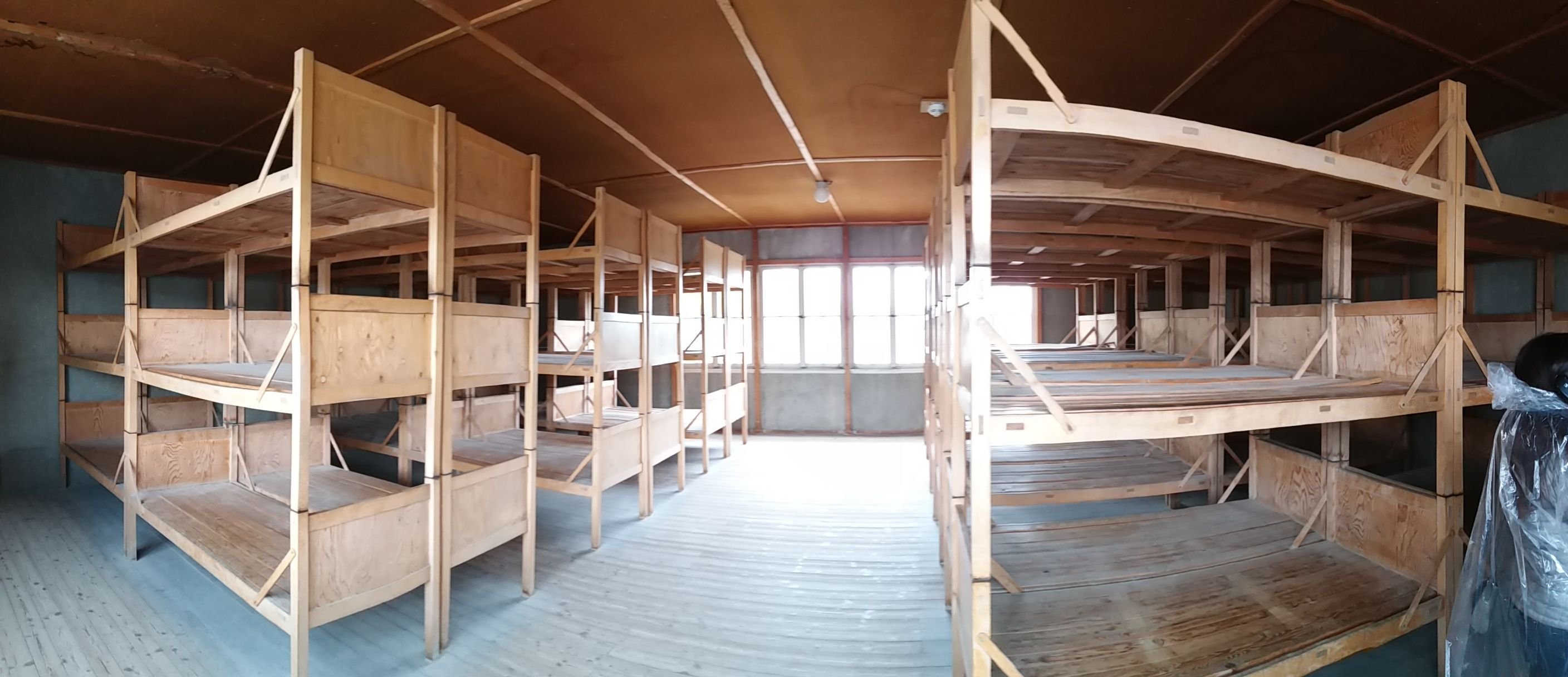
和我一樣疑惑實際上怎辦得到?「當你體重跌至35公斤以下,這不成問題。。。」營中的囚犯大都營養不良。物資非常短缺。基本上一天也吃不上兩餐,還未談及他們每天如奴隸般幹活。所有人都已經對於看到穿著藍白條紋囚服的屍首感到盲目了。。。
Curious as I do about how it could be possible? ‘It’s not a problem, when you weight less than 35 kg...’ Prisoners mostly suffered from malnutrition. Resources were scarce. They could hardly have 2 meals a day, not to mention they worked as a slave everyday. Everyone had gotten used to seeing corpses in striped uniforms…...
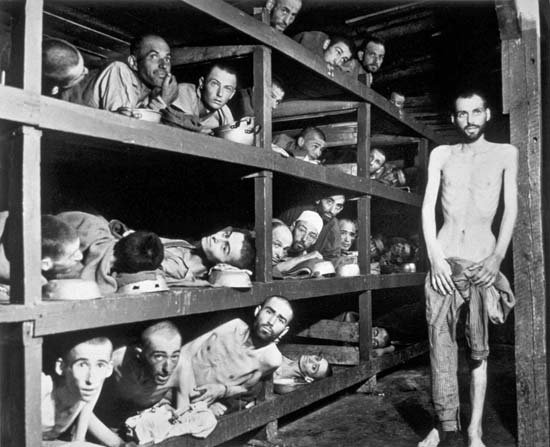
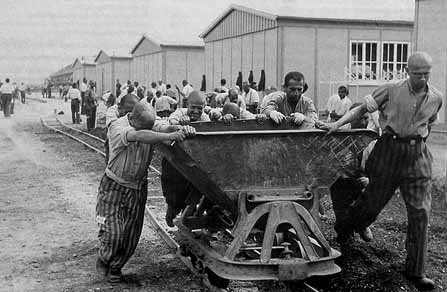
這裡是洗手間及水盆,簡陋得很,沒有隱私可言。據聞納粹軍常把正在洗澡的囚犯抓過來鞭打。。。
These are the washroom and water fountain, simple and crude as you can see, no privacy at all. Heard that the SS commonly beat prisoners up during their baths…...
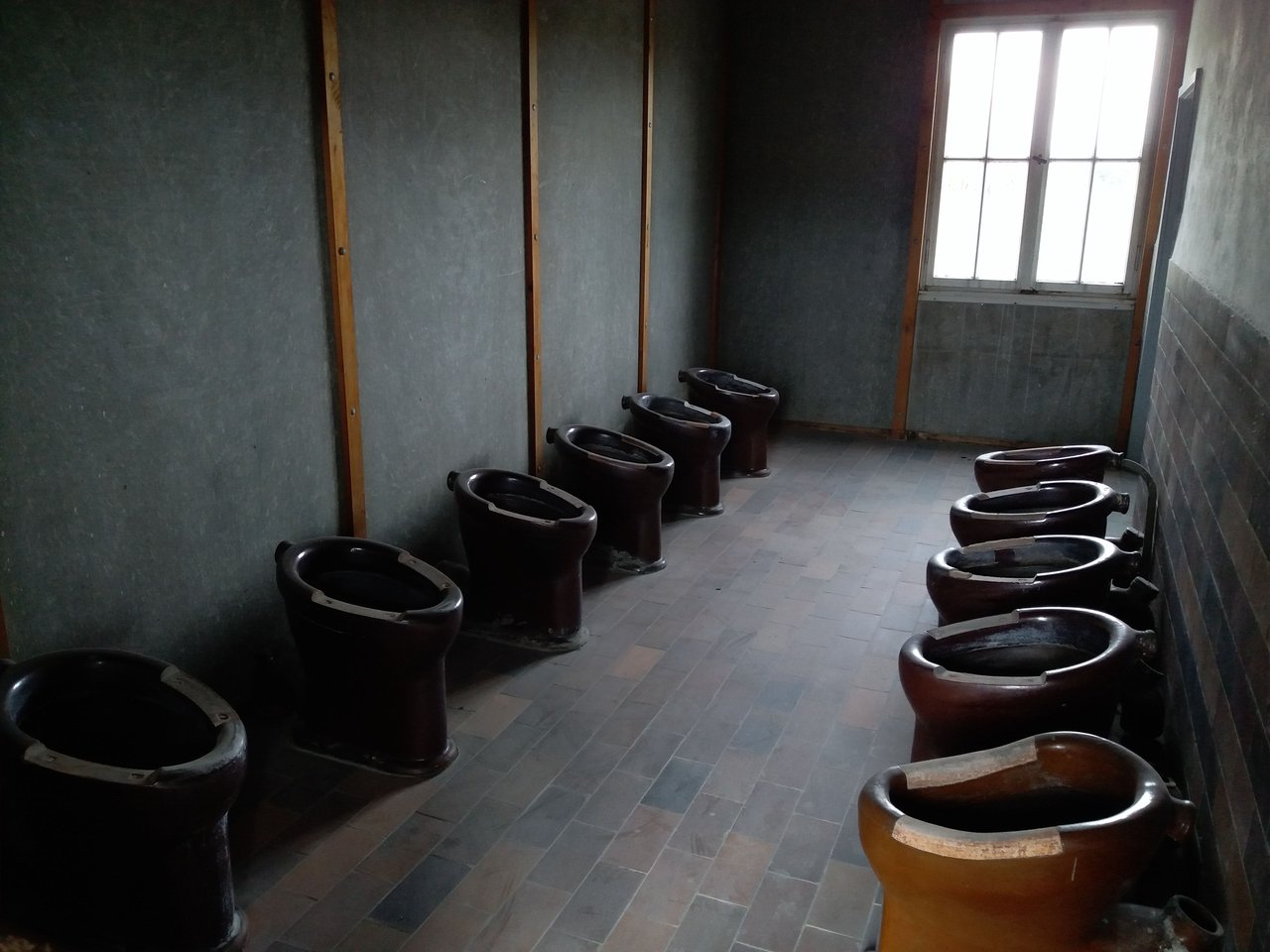

包圍集中營四周的是電鐵絲網和壕溝,以防止囚犯逃走,卻亦是囚犯自殺的工具。到底是受多大程度的苦辱才會讓人感到「生不如死」?在這裡,死亡,反而是一種救贖。
Electrified barbed wire fences and water-filled ditches surrounded the camp to prevent prisoners from escaping. At the same time, it functioned as a suicidal tool to prisoners. To what extent had they been abused and tormented to prefer death to survival? Death apparently, is their salvation here.
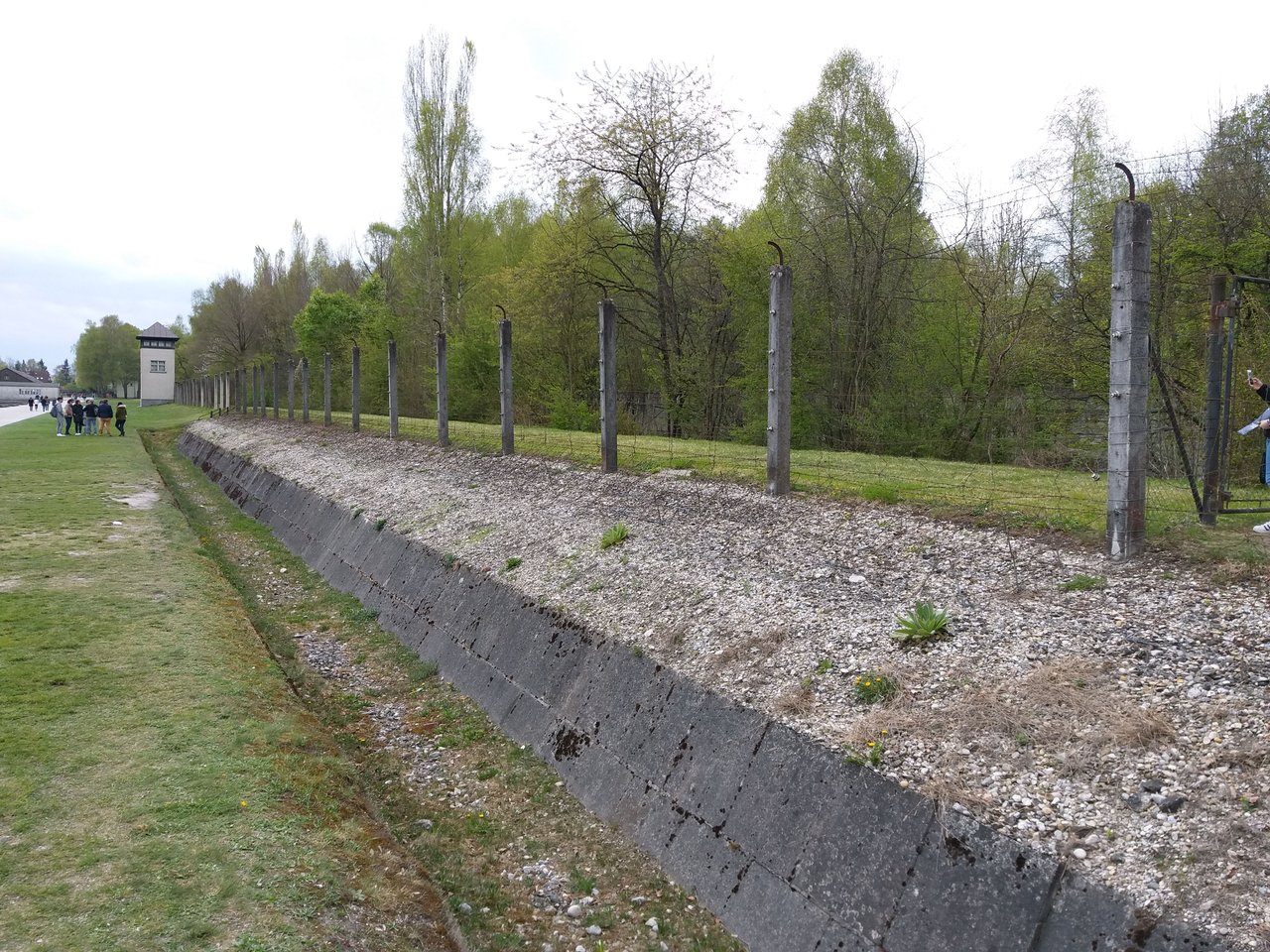
眼前看到的是生還的政治犯Nandor Glid 的作品。深青銅製造的扭曲人型雕塑品,象徵受飢餓、疾病煎熬而死的囚犯,瀰漫著哀傷的情緒。集中營是自由與尊嚴的墳墓。
What you are seeing is the work of Nandor Glid, a political opponent survivor. Made of dark bronze, the distorted man-like sculpture symbolizes the emaciated bodies of the prisoners who died of starvation and disease in the camp, being pervaded by a sense of grief. The concentration camp is a graveyard of freedom and dignity.
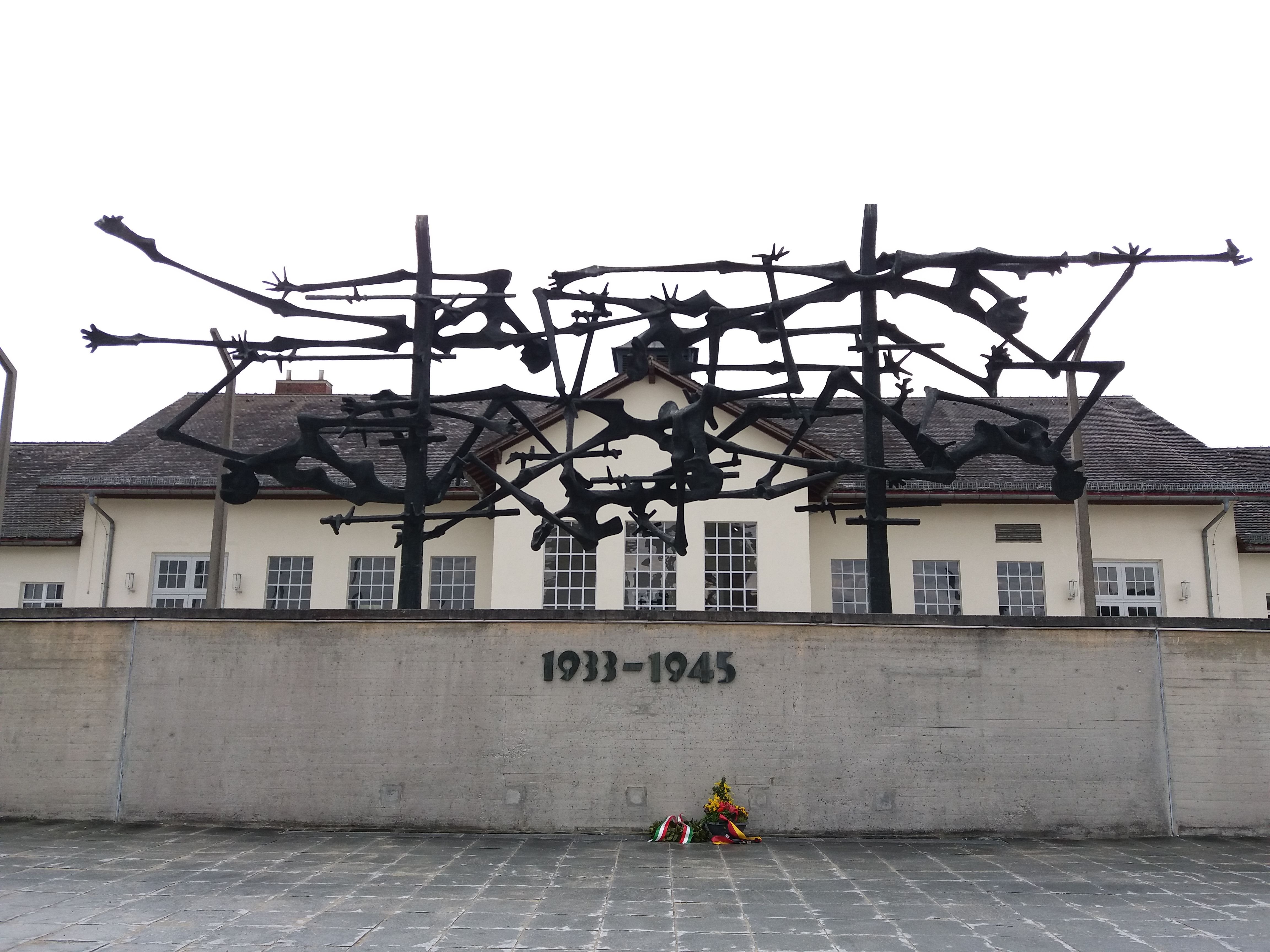
接著來到最震撼我的地方——毒氣室。不久前,看了《穿藍色條紋衣的男孩》,它是一部以二次大戰納粹屠殺猶太人為主題的電影,其中一幕是猶太人被毒氣室毒死的畫面,卻是以異常平靜的手法拍攝,讓人不寒而慄,反而在我腦海中留下深深的烙印。
Here came the most overwhelming place - the gas chamber. Previously I watched the film ‘The Boy in the Striped Pajamas’. On the theme of Nazi’s massacre of Jews during WWII, it features the scene of which the Jews were killed by the gas chamber, in an extraordinarily calm and soft manner, creating a sense of terror that have left a remarkable impression in my mind.
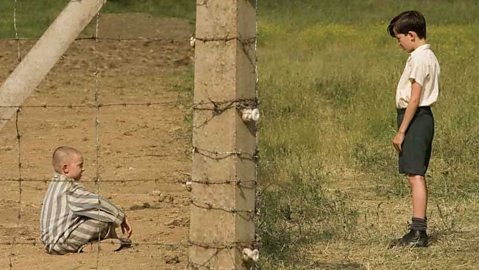
進入毒氣室後感到一股壓迫感,好像一下子回到當年今日,與猶太人擠擁在一室,被納粹軍哄騙是要脫衣沐浴。短短10至20分鐘,150條生命同一時間被無聲無息地褫奪了。。。不過原來當年建造此室的工程師偷偷把毒氣孔塞住了,當納粹要使用時總是無法啟動,所以並沒有人死於達豪的毒氣室。這位工程師的惻隱之心值得被推崇!
A burst of pressure hit me so hard after entering the chamber, as if I time traveled to this day in history, being crammed into this ‘shower room’ and misled by the SS to disrobe and ‘take a shower’. It just took 10 to 20 mins to stripe the lives of 150 prisoners all at one time silently unknowingly......But it’s said that the engineer who constructed this chamber secretly hid the gas holes, whenever the SS used them, they could not manage to make it, therefore no one died here. The engineer’s moral attitude should be honoured!
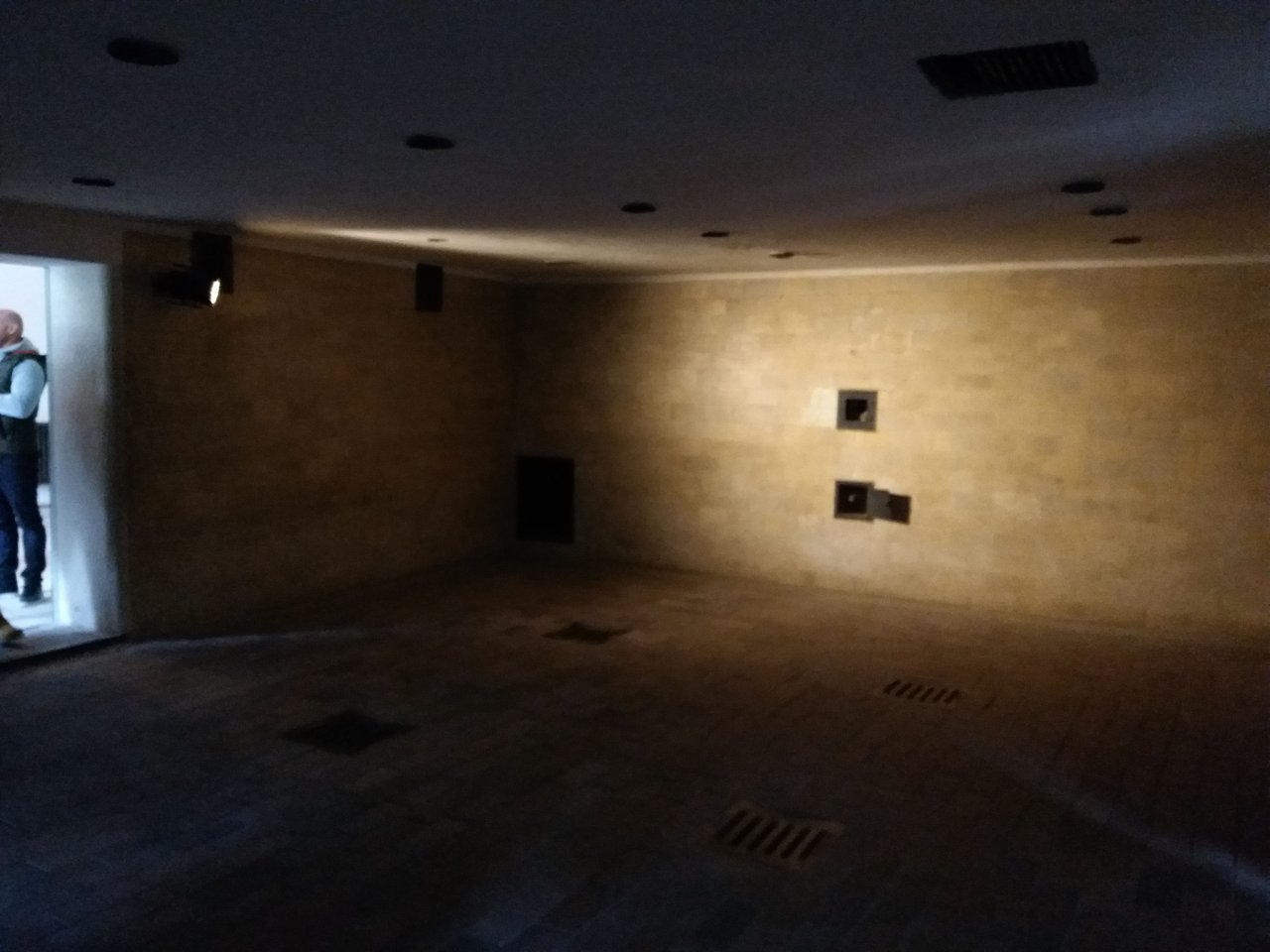
聽說當時等待被焚化的屍體填滿了這個房間,更在門外散佈一地,光想已經心有餘悸。。。
Heard that the corpses to be incinerated had been jammed in this room and laid outside higgledy-piggledy. Quite chilling to imagine…...
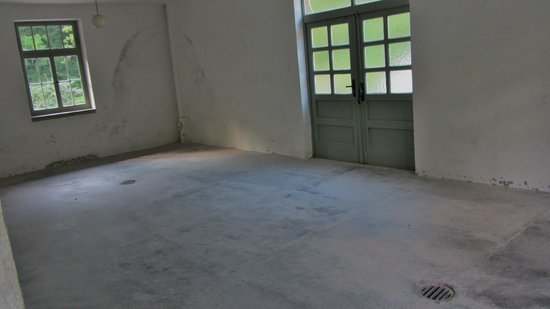
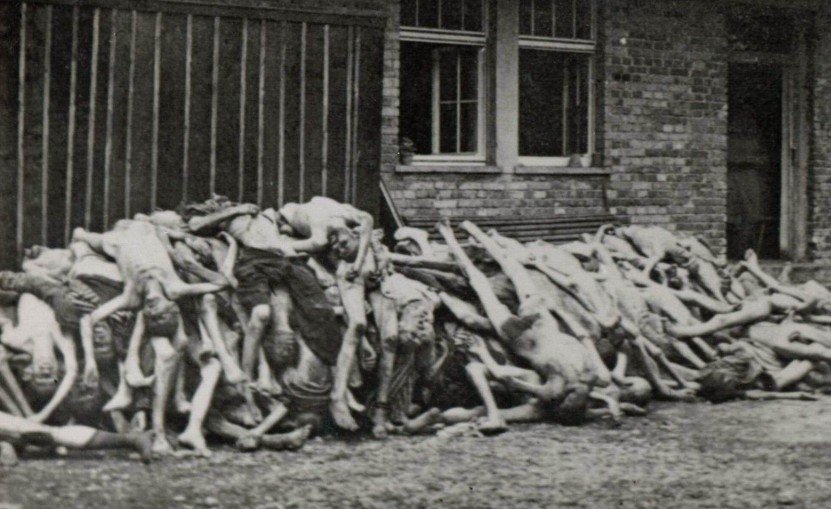
這些焚化爐每天不停運轉以火化屍體,每個爐可同時焚化2至3具屍體,而後期屍體的數目已經多到沒有足夠的炭來生火焚化!
The crematorium was in full use to incinerate all dead prisoners, each of the incinerator could cremate 2 to 3 corpses at one time. In the late stage, there had been a shortage of coal due to the escalating number of dead bodies!

為紀念逝世的亡魂,人們建造了新教、舊教及猶太教的紀念堂,以哀悼他們。
In remembrance of the deceased victims, the Protestant, Catholic and Jewish Memorials were established, to express our heartfelt condolences on their death.
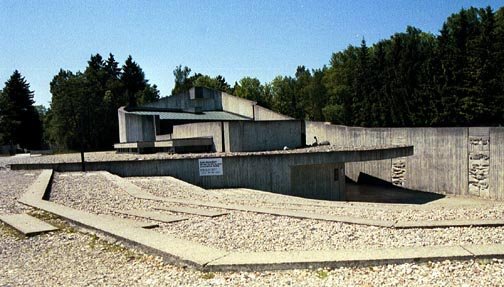
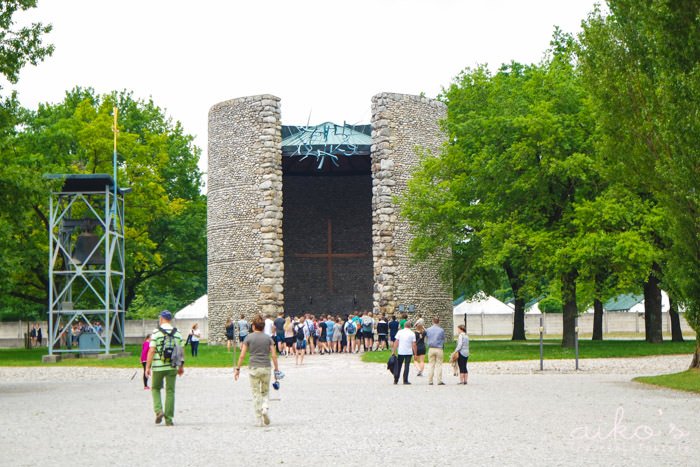

在1945年,二次世界大戰結束,達豪集中營的悲劇也停止上演。當時美國士兵解放集中營,看到一列運送犯人的火車剛抵達。車上的犯人沒有禦寒衣物、食物及任何遮蔽處,送到集中營時已全變成冰冷的屍體。眼看門外堆疊成山的屍體,和火車運來的一廂空殼,美國大兵怒不可遏,發狂的把所有納粹軍槍斃。4月29日,集中營的囚犯終於獲得自由。
In 1945, WWll ended, whereas the tragedies happened in the camp of Dachau also came to a halt. The American troops liberated the camp. When they witnessed a transport of prisoners by rail just arrived the camp, they found that all the prisoners had no clothes, food or shelters and therefore had become nothing more than skin and bone. They also saw countless dead bodies being stacked up at the gate. Raged against the outrageous acts of the SS, the American troops executed all the SS in the camp. On 29 April, all prisoners eventually embraced freedom.
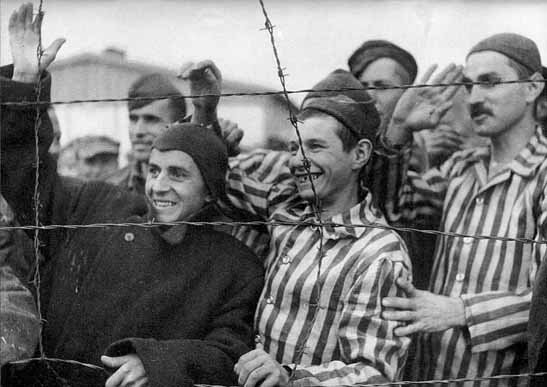
我們會形容很美的地方為「人間天堂」,可萬萬沒想到人類會自己一手造成一個「人間煉獄」!台灣樂團蘇打綠在「他舉起右手點名」一曲的一句歌詞——「令人憤慨的不是受苦,而是受這苦沒理由!」正是囚犯的心聲。在集中營,身份是你的原罪。
We tend to term beautiful places as ‘heavens on Earth’, but hardly can we believe that some of us would create and construct ‘hells on Earth’! In the song ‘He Raised His Hand To Make A Roll Call’ written by Sodagreen, the Taiwanese pop band, a line of the lyrics says, ‘The indignation comes not from suffering, but from a lack of reason!’. This is the voice of the prisoners. In the camp, identity is one’s original sin.
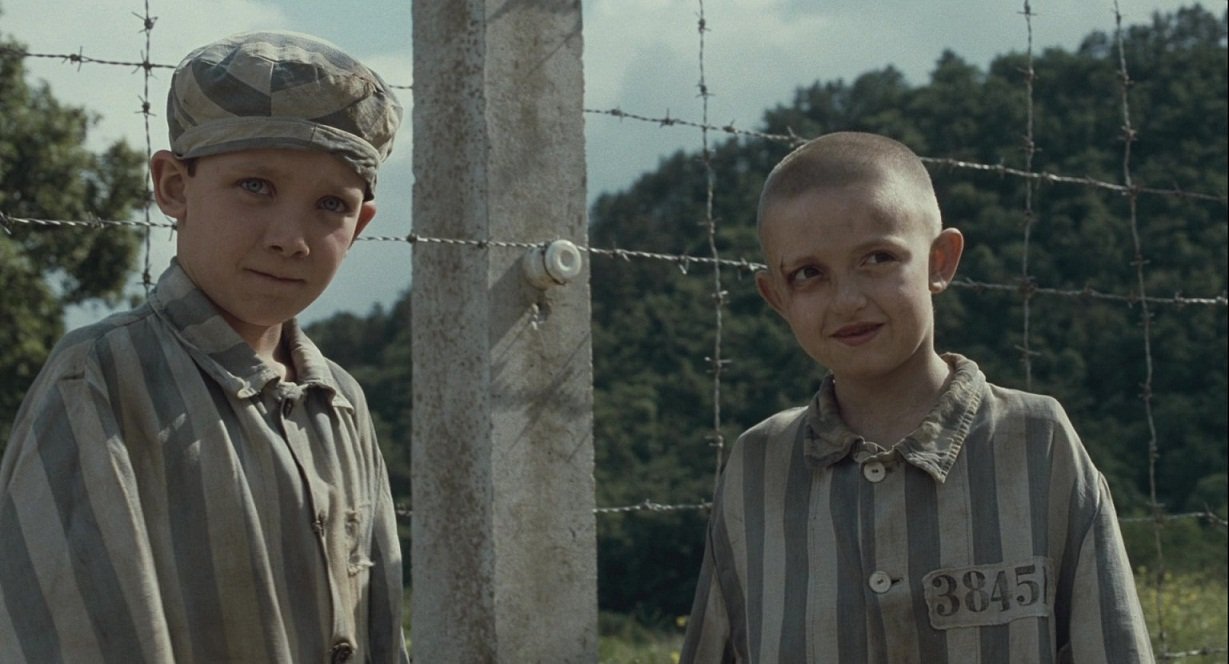
刻在紀念碑上的一句「永不重演」,表達了人們承認過去,沉痛反思。'
The monument being engraved with ‘Never Again’, indicates that people acknowledge the past and reflect in sorrow.
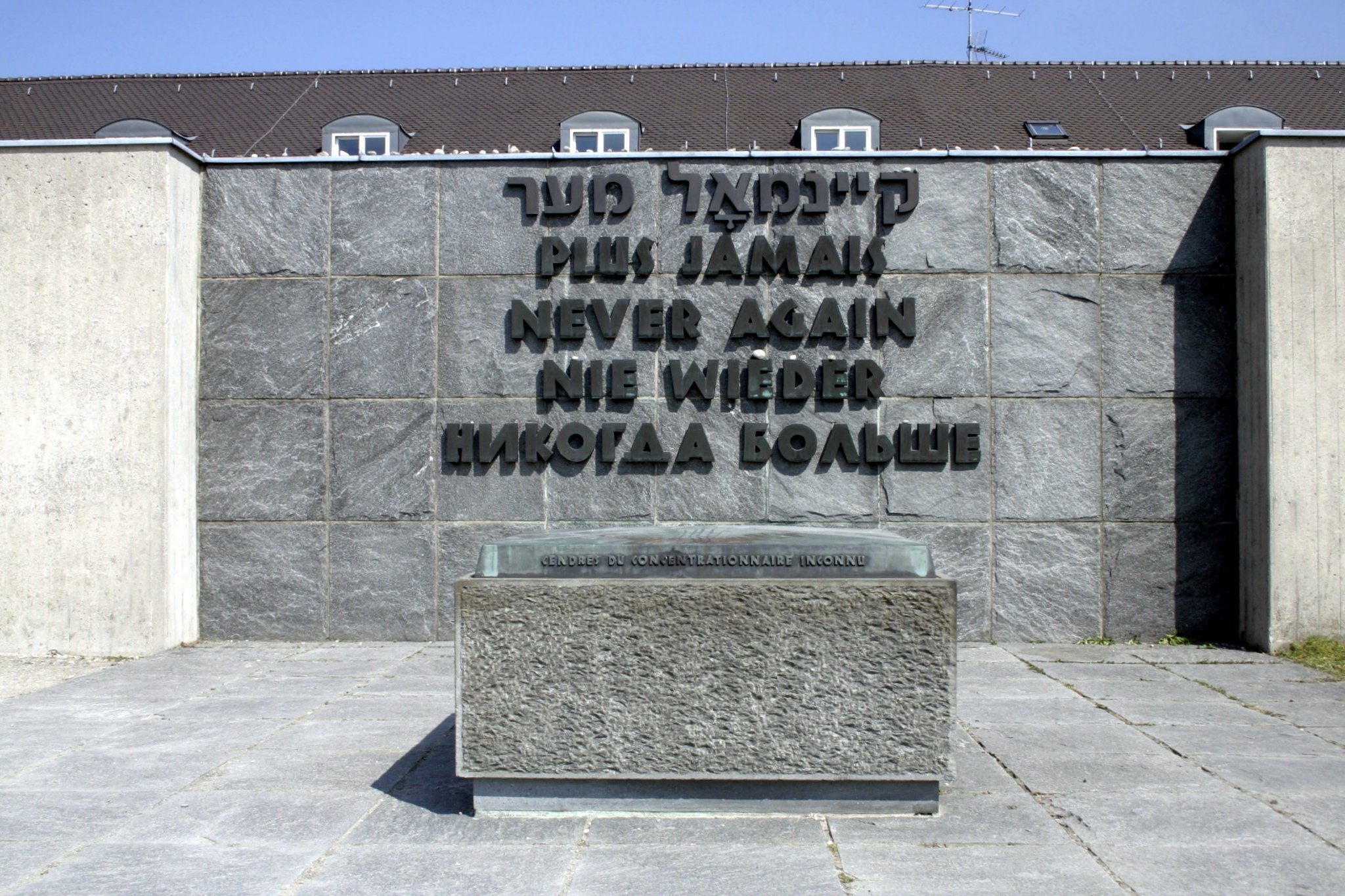
然而,當我們認為現今社會已經變得文明,再沒有集中營等政治產物,崇尚和平、自由和民主時,不少政權仍是以不同政治手段迫害人民,民主國家也沒有高尚到哪裡去。人權仍被踐踏,尊嚴亦被褫奪。這一分一秒,仍然有維權人士被軟禁,仍有難民被戰火蹂躪,仍有同性戀被謾罵,仍有吉普賽人被排斥而流浪。他們,其實都身處在看不見的集中營。
Nevertheless, while we consider that our society has been increasingly civilized, without the presence of concentration camps as political products, and has glorified peace, freedom and democracy, there are a considerable number of political regimes, including democratic ones, that has oppressed and persecuted their people. Human rights are being trampled on while dignity is being deprived of. Here and now, there are still right activists being imprisoned, refugees being threatened by wars, homosexuals being cursed and gypsies being repelled and leading a vagrant life. All of them, are being crammed in invisible concentration camps.

列寧曾說「忘記過去,就意味著背叛」。很欣賞德國勇於揭開自己史實的蒼疤,此精神源於自省,這也是我喜愛德國的其一原因。歷史不應被遺忘,歷史重覆也不一定以同一形式呈現,我們要留意不同時代提倡的價值會繁衍什麼因果。或許,銘記沉重的歷史教誨,痛改前非,擁抱和平與自由,就是對逝者最好的交代,也是對後人最好的保證。
Vladimir Lenin once said, ‘Forgetting the past means betrayal’. I highly appreciate Germany for bravely showing us their scars of the dark history, such courage originates from the beauty of self reflection. It also explains why I love Germany. Never should our history be forgotten. History may not repeat itself in the same form. We should keep a vigilant eye on the results led by the values upholded in different times. Perhaps, ingrain the teachings of the history in mind, repent the past and rectify the mistakes, and embrace peace and freedom, serve to be the best confession to the deceased souls, as well as the best promise to our future generation.
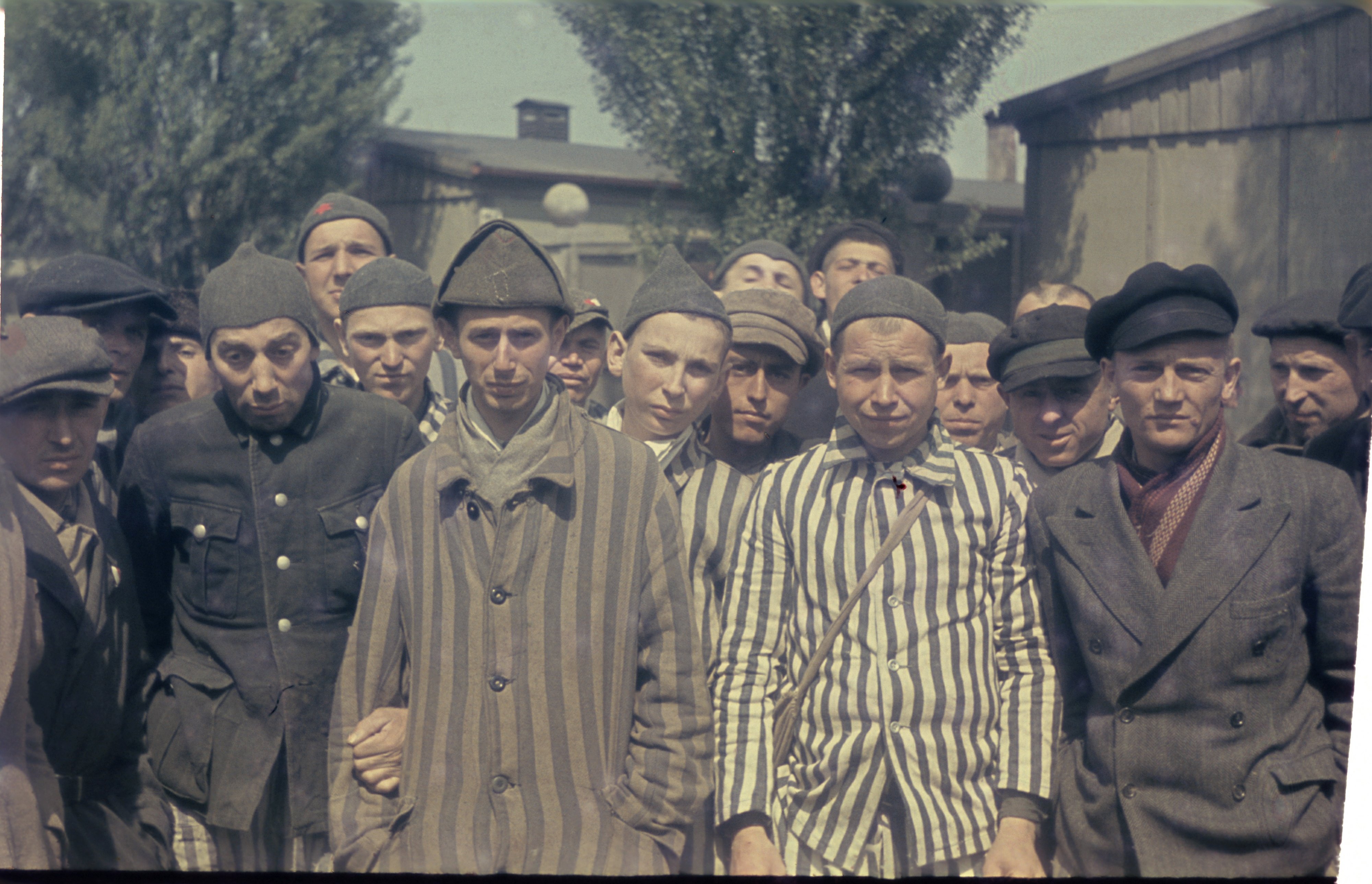
----------------------------------------------------------------
